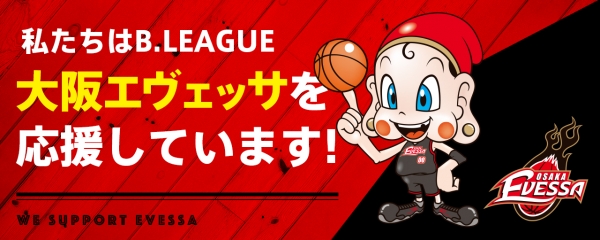MODULUS OF ELASTICITY
|
When designing springs, we often talk about stress-strain diagrams and the tensile strength of materials. There are many terms that I don't understand at all, such as yield point, yield strength, longitudinal elastic modulus, transverse elastic modulus, and Poisson's ratio.
These are the things you need when designing a spring, and I will explain step by step how they are needed.
The basic calculation formula for the spring constant is as follows. (I will explain why the formula is like this on another occasion.)
"Spring constant = (modulus of lateral elasticity x wire diameter 4 ) ÷ (8 x effective number of turns x coil center diameter 3 )"
Now, from this formula, we can see that
1. The spring constant is determined by three parameters (variables): ① wire diameter, ② effective number of turns, and ③ coil center diameter.
2. There is a certain number involved, the modulus of transverse elasticity.
about it.
What is the modulus of transverse elasticity? Lateral modulus of elasticity is also known as stiffness modulus. There is also the modulus of longitudinal elasticity. This is also known as Young's modulus. The modulus of longitudinal elasticity (Young's modulus) is easier to understand, so I'll explain it here first.
Young is a person's name. Thomas Young (1773-1829) was an English physician and physicist. He is credited with coining the word "energy" and being the first to use it.
Young's modulus is defined as "the constant of proportionality between coaxial strain and stress in the elastic range where Hooke's law holds" (Wikipedia).
This definition includes
①Hooke's law ②Elasticity ③Strain ④Stress I will explain these words and Young's modulus in order.
① Hooke's law and Young's modulus
The application of Hooke's Law to compression springs was explained in "Spring Constant" Hooke's law can be applied not only to compression springs, but also to metal wires themselves. If you pull the wire with a certain amount of force (although it is a tremendous force), the wire will stretch. The force and elongation at that time have a proportional relationship (formula Y = aX). This coefficient a differs for each metal, but it is a constant value for the same material. This proportional constant a is called Young's modulus. The symbol is E. It is the "spring constant" in the material.
② Elasticity and Young's modulus
What does elasticity actually mean? The opposite of elasticity is called plasticity.
Simply put, elasticity is when a material returns to its original shape when the pulling force is removed. Plasticity is when an object remains deformed without returning to its original shape. Young's modulus is a property of elasticity, and does not hold if too much force is applied and the shape cannot be restored. This is what it means to be within the elastic range.
I think you can understand that the modulus of longitudinal elasticity (Young's modulus) is a property in the tensile direction. Lateral modulus of elasticity refers to the change in the torsional direction. The change when twisting is also in a proportional relationship within the elastic range, and this is also a constant value for each material.
Could you somehow imagine the modulus of transverse elasticity? The modulus of transverse elasticity is denoted by G in the symbol.
So far, we have simply referred to strain as "elongation" and stress as "force".
The concepts of "stress" and "strain" are both simple and difficult. Galileo Galilei (1564-1642) was also a physicist who studied stress in materials, but he was never able to come up with a practical design or formula.
Then, what kind of concepts are ③ strain and ④ stress?
(to be continued)
|
||
>YouTube channel [Comprehensive manufacturer of springs "Fusehatsu Industry"] Video is now available!
>New YouTube Channel [Fusehatsu Industry's Spring Making Channel] New manufacturing videos are being updated!
If you press the "Like" button, you will be able to check the latest information immediately.
■PR(Japanese Page)
>Sunday Mainichi "Company style" published.
>Sankei Shimbun full-page color advertisement
>Monthly PHP Business THE21 "Following the topical business people" published.
>It was published in "Premonition of a hit!"
>Published in the ISO information magazine "Intertek News".
> “Higashi-Osaka Industrial Photo Exhibition” at the former Kawazumi family of the Higashi-Osaka Shimbun Photo exhibition of factories and public baths, as well as anti-infection products
>Higashi-Osaka Shimbun corner of Fusehatsu Industry exhibiting photos of springs and machinery
>Kinzoku Sangyo Shimbun Fusehatsu Industry Developing new customers through SNS
Became an official sponsor of the professional basketball team "Osaka Evessa"!
>Blog "Spring and Kurasu" [Became an official sponsor of a professional basketball team]
 |
メールアドレスはこちら
![]()








